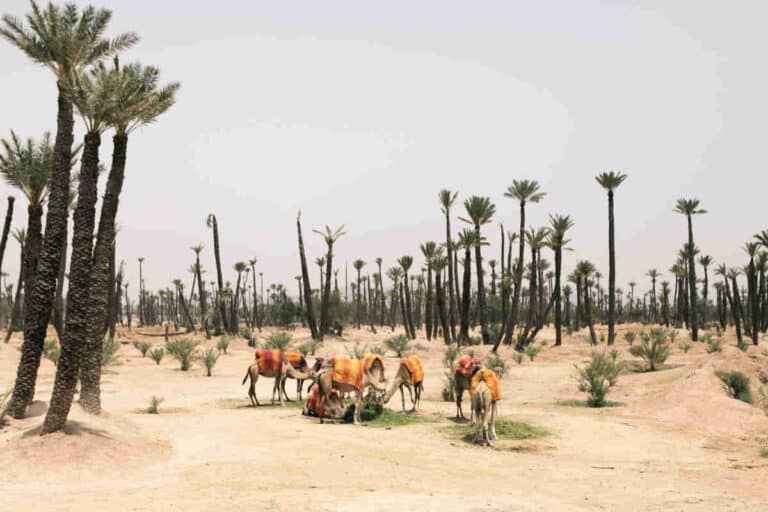In a previous post we explained
the concept of kasbah
materials, style, etc. But now it is time to understand what the Route of the Thousand Kasbahs is.you will see mentioned
in our circuits
in guidebooks about Morocco and other places. Read on and you will discover why this is one of the areas that fascinates foreign travelers the most.
Why the “thousand kasbahs”?
A nice tourist slogan, with a great evocative evocative powernot exempt from a certain exaggeration. That is the Route of the Thousand Kasbahs. Of course, there are not exactly a thousand kasbahs on the route, but there are many, which gives rise to use that term.
These numerous kasbahs mark out the pre-Saharan valleysThe valleys formed by different rivers south of the Atlas: they originate in natural springs located on the southern slopes of this mountain range and form long valleys, which in many places have become true oases. In many cases they are endorheic rivers, that is, they have no outlet to the sea, but end up ‘dying’ in the desert.
These valleys are mainly the Draa, Dades, Roses, Ziz and Todra valleys. Draa, Dades, Roses, Ziz and Todra valleys.. And since time immemorial, they have been the most favorable natural routes for the caravan routes connecting Marrakech with various points on the other side of the Sahara, such as Timbuktu. Along these routes, Berber populations began to emerge whose main activity was to provide services to these trade routes. And around them, defensive kasbahs were built.
Itinerary and main kasbahs
Although the Route of the Thousand Kasbahs is referred to generically, there is no pre-established itinerary, there is no pre-established itinerary. And given the large size of these valleys, different sections can be covered, changing from one valley to another by means of different natural passes.
For those most interested in this route, the ideal itinerary would be the circular one, starting and finishing in Ouarzazate, and taking as the opposite end the town of Rissani. In this way, some of the key milestones along the route would be:
- Ouarzazate: kasbah of Taourirt
- Dades Valley: kasbah of Tinghir (or Tinerhir)
- Ziz Valley: kasbah of Rissani
- Draa Valley: kasbah of the Arts and kasbah des Caids (Agdz), kasbah Takatarte (Tinfoula)
And outside this circular route, on the way from Ouarzazate to the slopes of the Atlas, you can visit two other kasbahs of great interest: Ait Ben Haddouwhich is actually a ksar (fortified settlement) around a kasbah, and the kasbah of TelouetThe El Glaoui family’s stronghold.
How to get to the Route of the Thousand Kasbahs
To get to the Route of the Thousand Kasbahs you have two great options. The first of these, which is the most common one, is traveling from Marrakech by road. It is a journey of about 200 km, with a duration of about 3 hours and a half, since it is necessary to cross the High Atlas mountain range through the Tizi n’Tichka pass. This option is the most common in circuits in southern Morocco and has the advantage that, in this way, the expedition passes through Ait Ben Haddou (Unesco World Heritage Site) and, with a small detour, through the extraordinary kasbah of Telouet.
The other option is more direct: by plane to Ouarzazate. The airport in this city is not one of the largest in the country, but its use is being promoted for tourist flights. Therefore, there are direct routes to European cities such as Madrid, Barcelona, Paris or Marseille, among others, as well as domestic flights from Tangier or Casablanca (the catalog of routes may be subject to change by decision of the airlines).




